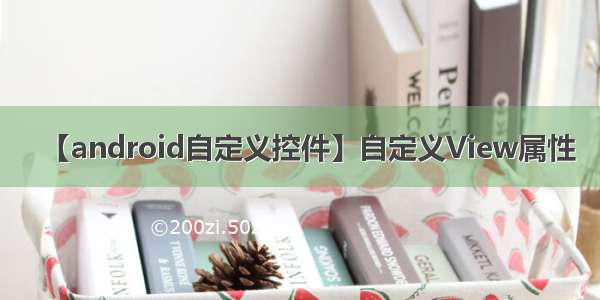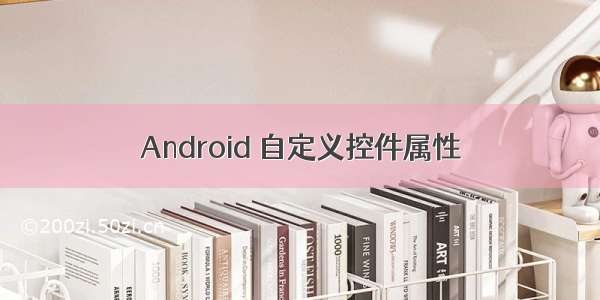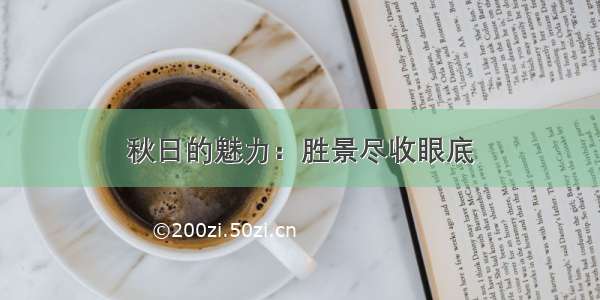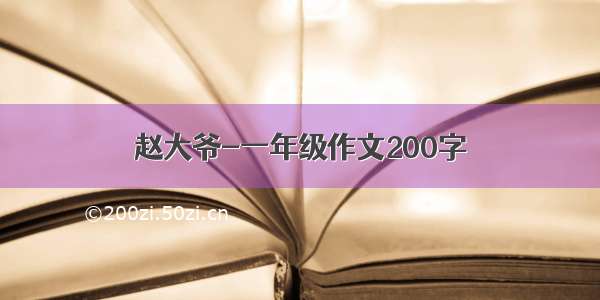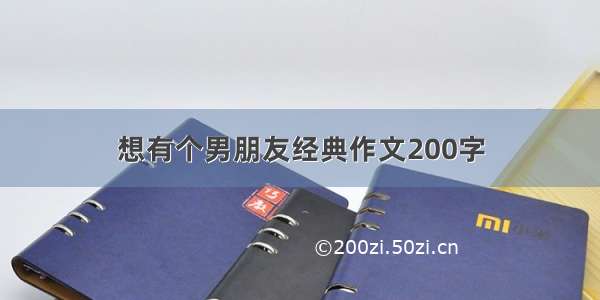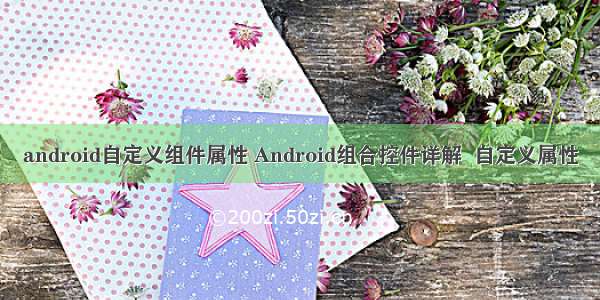
组合控件详解 & 自定义属性
组合控件是自定义控件的一种,只不过它是由其他几个原生控件组合而成,故名组合控件。
在实际项目中,GUI 会遇到一些可以提取出来做成自定义控件情况。
一个自定义控件的好处就是把一些需要模块化的 UI 和逻辑放在一起,做到了高内聚,向其他模块提供接口并很少依赖外界,这样就是低耦合。一个自定义控件就是一个封闭的王国,这里由你掌控。
上述是我自己的一个体会,想必大家也会常做自定义控件吧,就像逻辑部分的模块化一样。
下面我要做一个例子,请看完成图。
ocn.yang
下面一排图片加文字就是组合控件了,我是怎么做的呢?
其实这里用到了两个组合控件,一个是图片+文字,我把它叫一个 Item,而三个在一起就是另一个控件了。
重点看这个 Item,它有自己的属性如图片、文字、图片大小、文字大小、不透明度等等。这些把它定义在 attr 文件中,然后在 xml 文件中配置,就像我们用原生控件一样。
自定义属性
先看 attr 文件。
这个文件在 values 下,和 string 文件同级。把你自己要定义的属性都写在这里吧。format 是属性的“单位”,如果你要问有多少中 format 呀?答案在这里。
组合控件的布局文件
有了属性了,下面看看布局文件 level_menu_item.xml。
android:layout_width="fill_parent"
android:layout_height="fill_parent"
android:orientation="vertical" >
android:id="@+id/image_item"
android:layout_width="fill_parent"
android:layout_height="fill_parent"
android:scaleType="fitCenter"
/>
android:id="@+id/tv_item"
android:layout_width="fill_parent"
android:layout_height="wrap_content"
android:gravity="center_horizontal"
android:textColor="#23ffffff"
android:textSize="25sp"
/>
这里唯一值得一说的是文本的颜色。大家看见他是8位的,前两位是表示不透明度的,后六位是表示颜色的,三色,范围都是00~ff。
如果在 Java 中设置颜色,需要这样。
setTextColor(0x23ffffff);
关于不透明度,一般美工会定义。有些要求不透明如30%这样的,可以用整型换算一下。00~ff 对应十进制为0~255,那么30%就是255x0.3=76.5,用科学计算机换算为4c。
更多颜色相关设置这里附上《Android 中设置文本颜色的三种办法》
1、 利于系统自带的颜色类
如: TextView1.setTextColor(android.graphics.Color.RED);
布局文件中:android:textColor="@android:color/white"
详见Android源码:base/core/res/res/values/colors.xml
2、 数字颜色表示法
TextView1.setTextColor(0xffff00ff);
3、 自定义颜色
TextView1.setTextColor(this.getResources().getColor(R.drawable.red));
组合控件的类文件
然后我们就要写一个类,我这继承子线性布局。有两个构造函数,我们主要在两个参数的函数中工作。
public class LevelMenuItem extends LinearLayout {
public LevelMenuItem(Context context, AttributeSet attrs) {
super(context, attrs);
}
这个类中我们要完成的工作是,初始化控件属性、提供外部修改属性的接口、控件点击的回调接口。
此类完整代码:
package com.linc.game;
import android.content.Context;
import android.content.res.TypedArray;
import android.util.AttributeSet;
import android.view.LayoutInflater;
import android.view.View;
import android.widget.ImageView;
import android.widget.LinearLayout;
import android.widget.TextView;
/**
* 自定义一个关卡
* 共有7个属性,看attr文件
* 在程序中提供修改这7个属性的接口,
* 一个自定义控件的任务就算完成。
* 一个自定义控件的好处就是把一些需要模块化的
* UI和逻辑放在一起,做到了高内聚,向其他模块提供接口并很少
* 依赖外界,这样就是低耦合。一个自定义控件就是一个封闭的王国,
* 这里由你掌控。
*
* 编写时,如果遇到在attr里写好属性,但是在这里认不出来,
* 就clean一下项目。切记。
*
* @author linc
*
*/
public class LevelMenuItem extends LinearLayout {
private TextView mTextView = null;
private ImageView mImageView = null;
public LevelMenuItem(Context context) {
super(context);
}
public LevelMenuItem(Context context, AttributeSet attrs) {
super(context, attrs);
LayoutInflater layoutInflater = (LayoutInflater) context.
getSystemService(Context.LAYOUT_INFLATER_SERVICE);
layoutInflater.inflate(R.layout.level_menu_item, this);
TypedArray typedArray = context.obtainStyledAttributes(attrs
,R.styleable.LevelMenuItem);
initWidget(typedArray);
}
private void initWidget(TypedArray typedArray)
{
mTextView = (TextView)findViewById(R.id.tv_item);
String textString = typedArray.getString(R.styleable.LevelMenuItem_text);
int textColor = typedArray.getColor(R.styleable.LevelMenuItem_text_color,
0xffffffff);
float textSize = typedArray.getDimension(R.styleable.LevelMenuItem_text_size,
20);
mTextView.setText(textString);
mTextView.setTextColor(textColor);
mTextView.setTextSize(textSize);
mImageView = (ImageView)findViewById(R.id.image_item);
int imageHeight = (int) typedArray.getDimension(R.styleable.LevelMenuItem_image_height, 25);
int imageWidth = (int) typedArray.getDimension(R.styleable.LevelMenuItem_image_width, 25);
int imageSrc = typedArray.getResourceId(R.styleable.LevelMenuItem_image_src, 0);
int imageBg = typedArray.getResourceId(R.styleable.LevelMenuItem_image_bg, 0);
int imageAlpha = typedArray.getInt(R.styleable.LevelMenuItem_image_alpha, 255);
mImageView.setAlpha(imageAlpha);
mImageView.setImageResource(imageSrc);
mImageView.setBackgroundResource(imageBg);
LayoutParams layoutParams = new LayoutParams(imageWidth, imageHeight);
mImageView.setLayoutParams(layoutParams);
typedArray.recycle();
}
/**
* 设置此控件的文本
* @param text
*/
public void setText(String text)
{
mTextView.setText(text);
}
/**
* 设置文字颜色
* @param textColor
*/
public void setTextColor(int textColor)
{
mTextView.setTextColor(textColor);
}
/**
* 设置字体大小
* @param textSize
*/
public void setTextSize(int textSize)
{
mTextView.setTextSize(textSize);
}
/**
* 设置图片
* @param resId
*/
public void setImageResource(int resId)
{
mImageView.setImageResource(resId);
}
/**
* 设置图片背景
*/
public void setBackgroundResource(int resId)
{
mImageView.setBackgroundResource(resId);
}
/**
* 设置图片的不透名度
* @param alpha
*/
public void setImageAlpha(int alpha)
{
mImageView.setAlpha(alpha);
}
/**
* 设置图片的大小
* 这里面需要使用LayoutParams这个布局参数来设置
* @param width
* @param height
*/
public void setImageSize(int width,int height)
{
LayoutParams layoutParams = new LayoutParams(width, height);
mImageView.setLayoutParams(layoutParams);
}
/**
* image点击事件的回调
* @param listener
*/
public void setOnClickListener(OnItemClickListener listener)
{
mImageView.setOnClickListener(new View.OnClickListener() {
@Override
public void onClick(View v) {
listener.onImageClick();
}
});
}
/**
* 点击事件接口
* @author linc
*
*/
public interface OnItemClickListener
{
public void onImageClick();
}
}
组合控件的使用
好,一个完整的组合控件就做好了,那么,我们如何使用呢?
我要在 LevelMenu 中用它。xml 文件如下:
xmlns:linc="/apk/res/com.linc.game"
android:layout_width="fill_parent"
android:layout_height="fill_parent"
android:orientation="horizontal">
android:id="@+id/item1"
android:layout_width="70dp"
android:layout_height="80dp"
linc:text="@string/item1"
linc:text_size="14sp"
linc:text_color="#80fa8072"
linc:image_src="@drawable/orange_button_selector"
linc:image_alpha="128"
linc:image_height="48dp"
linc:image_width="48dp"
/>
android:id="@+id/item2"
android:layout_marginLeft="20dp"
android:layout_width="70dp"
android:layout_height="80dp"
linc:text="@string/item2"
linc:text_size="14sp"
linc:text_color="#ffeee8aa"
linc:image_src="@drawable/red_button_selector"
linc:image_alpha="255"
linc:image_height="48dp"
linc:image_width="48dp"
/>
android:id="@+id/item3"
android:layout_marginLeft="20dp"
android:layout_width="70dp"
android:layout_height="80dp"
linc:text="@string/item3"
linc:text_size="14sp"
linc:text_color="#80cd853f" linc:image_src="@drawable/yellow_button_selector"
linc:image_alpha="128"
linc:image_height="48dp"
linc:image_width="48dp"
/>
加入自己包名的索引
xmlns:linc="/apk/res/com.linc.game"
剩下的就一目了然了。
用到组合控件的类文件
LevelMenu.java
package com.linc.game;
import com.linc.game.LevelMenuItem.OnItemClickListener;
import android.content.Context;
import android.util.AttributeSet;
import android.util.Log;
import android.view.LayoutInflater;
import android.widget.LinearLayout;
public class LevelMenu extends LinearLayout {
private LevelMenuItem item1,item2,item3;
public LevelMenu(Context context) {
super(context);
}
public LevelMenu(Context context, AttributeSet attrs) {
super(context, attrs);
LayoutInflater layoutInflater = (LayoutInflater) context.
getSystemService(Context.LAYOUT_INFLATER_SERVICE);
layoutInflater.inflate(R.layout.level_menu, this);
initWidget();
}
private void initWidget()
{
item1 = (LevelMenuItem)findViewById(R.id.item1);
item2 = (LevelMenuItem)findViewById(R.id.item2);
item3 = (LevelMenuItem)findViewById(R.id.item3);
item1.setOnClickListener(new OnItemClickListener() {
@Override
public void onImageClick() {
Log.e("dfjdkfjd","dfdfd");
}
});
}
}
在处理图片点击事件的时候,我用到了选择器(selector),这是我们实际开发中最常用的小技巧了。它能描述的状态很多,各位看官可以去查查。
android:drawable="@drawable/button_push"/>
好,组合控件的例子先到这里,实际功能在下一个实战技巧中演练。
大家在做自定义控件时需要注意的是:
1、自定义控件类不能是是抽象类
2、要用 (Context context, AttributeSet attrs) 这个构造函数。
否则报错:android.view.InflateException: Binary XML file line #15: Error inflating cla。。。
最后普及一下,attrs.xml中的属性的format(类型)说明
1. reference:参考某一资源ID。
(1)属性定义:
(2)属性使用:
android:layout_width = "42dip"
android:layout_height = "42dip"
android:background = "@drawable/图片ID"
/>
2. color:颜色值。
(1)属性定义:
(2)属性使用:
android:layout_width = "42dip"
android:layout_height = "42dip"
android:textColor = "#00FF00"
/>
3. boolean:布尔值。
(1)属性定义:
(2)属性使用:
android:layout_width = "42dip"
android:layout_height = "42dip"
android:focusable = "true"
/>
4. dimension:尺寸值。
(1)属性定义:
(2)属性使用:
android:layout_width = "42dip"
android:layout_height = "42dip"
/>
5. float:浮点值。
(1)属性定义:
(2)属性使用:
android:fromAlpha = "1.0"
android:toAlpha = "0.7"
/>
6. integer:整型值。
(1)属性定义:
(2)属性使用:
xmlns:android = "/apk/res/android"
android:drawable = "@drawable/图片ID"
android:pivotX = "50%"
android:pivotY = "50%"
android:framesCount = "12"
android:frameDuration = "100"
/>
7. string:字符串。
(1)属性定义:
(2)属性使用:
android:layout_width = "fill_parent"
android:layout_height = "fill_parent"
android:apiKey = "0jOkQ80oD1JL9C6HAja99uGXCRiS2CGjKO_bc_g"
/>
8. fraction:百分数。
(1)属性定义:
(2)属性使用:
xmlns:android = "/apk/res/android"
android:interpolator = "@anim/动画ID"
android:fromDegrees = "0"
android:toDegrees = "360"
android:pivotX = "200%"
android:pivotY = "300%"
android:duration = "5000"
android:repeatMode = "restart"
android:repeatCount = "infinite"
/>
9. enum:枚举值。
(1)属性定义:
(2)属性使用:
xmlns:android = "/apk/res/android"
android:orientation = "vertical"
android:layout_width = "fill_parent"
android:layout_height = "fill_parent"
>
10. flag:位或运算。
(1)属性定义:
(2)属性使用:
android:name = ".StyleAndThemeActivity"
android:label = "@string/app_name"
android:windowSoftInputMode = "stateUnspecified | stateUnchanged|stateHidden">
特别要注意:
属性定义时可以指定多种类型值。
(1)属性定义:
(2)属性使用:
android:layout_width = "42dip"
android:layout_height = "42dip"
android:background = "@drawable/图片ID|#00FF00"
/>

